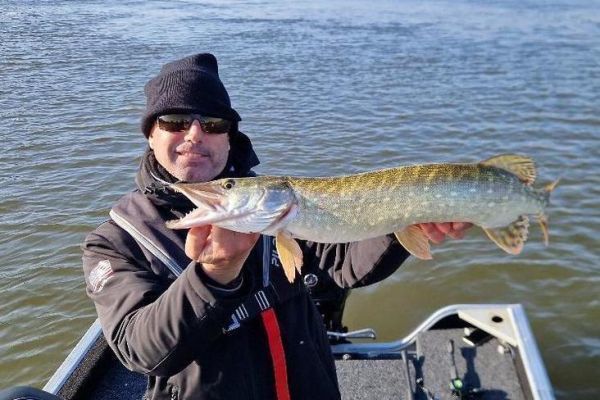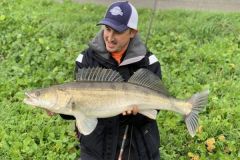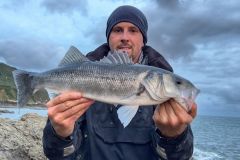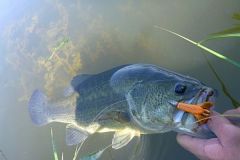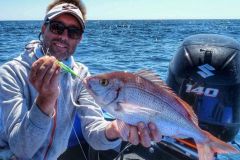Fish are cold-blooded animals
Fish are cold-blooded animals, and this has a major impact on their activity and comfort. In fact, their body temperature varies according to their environment. When the ambient temperature is low, their metabolism slows down. They become less active. Conversely, when the temperature rises, their metabolism accelerates.
For each species, there is a thermal optimum where conditions are perfect in terms of both oxygenation of the environment and body temperature. This is when activity will be at its peak.
So, in summer when the water is too warm, we'll favour the cooler times of day to find active fish, and quite logically in winter, we'll proceed in the opposite direction, especially when the water temperature barely reaches a handful of degrees.
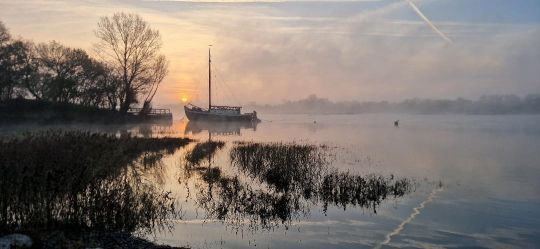
A heat peak
With this in mind, the time of day when the sun is at its zenith and temperatures are at their highest is lunchtime. That's when lunchtime really comes into its own! However, this assertion isn't always true, and the general idea is to favor the sunniest time of the day in the hope of achieving peak activity. By the time the air and water temperatures have risen, you'll naturally want to plan your outings between 10 a.m. and 3 p.m. in the dead of winter.
Better brightness
One of the factors also favoring peaks in activity, particularly for pike, is ambient light. In this time slot, with clear skies in particular, pike will be able to hunt effectively, and this is all the more true when the water is tinted.
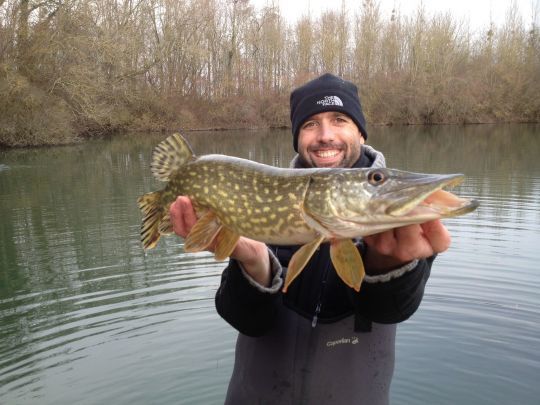
Choose sunny shores
In the middle of winter, it's always best to choose the banks of a lake or river that are most exposed to the sun.
If this bank benefits from more than one shallow zone, it's highly likely that carnivores will temporarily leave the depths to climb onto the plateaus, where for a few hours they'll benefit from an extra degree of Celsius.
The longer the bank is sunny and the shallower its depth, the greater your chances of finding a few marauding carnivores in the middle of the day looking for pleasant thermal comfort.
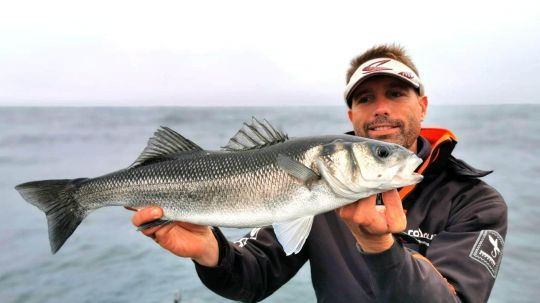
What about the wind?
Often, it makes sense to fish the windward bank for many reasons related to food availability and hunting conditions, but this rule is not always true.
Overall, it's essential to consider the influence of wind on water temperature, especially in winter. With the water at 5 degrees and a warmer prevailing westerly wind, the temperature of the environment can rise significantly, allowing predators to gather. Conversely, if a cold wind blows across the water, it will tend to lower the ambient water temperature even further, and it will be preferable to prospect in protected areas.

 /
/ 